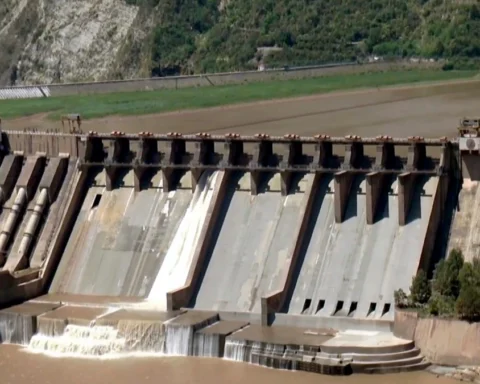The UK and US just rolled out a big civil-nuclear partnership, pitched as the start of a “golden age.” In plain English, it’s a political handshake plus a set of practical steps to make building new reactors easier and faster in both countries. It was unveiled in mid-September 2025 alongside the US president’s visit, and the message was simple: cheaper, cleaner, more reliable power, with jobs on both sides of the Atlantic.
So, what’s inside the box? First, the two regulators plan to line up their processes so designs don’t have to jump through the same hoops twice. Mutual recognition and shared assessments sound dry, but if it cuts months off licensing, it matters. Second, there are specific projects people are talking about: X-energy units at Hartlepool, small modular reactors proposed for the old Cottam coal site to help feed a big data center, a micro-reactor at London Gateway, and an easier runway for Rolls-Royce’s SMR in the US. Some of these are at concept stage, some are further along. The point is to give investors a clearer pipeline, not just a slogan.
Why push now?
Three pressures are colliding. We need to cut emissions, we want bills that aren’t whiplashed by gas prices, and the AI boom is hungry for steady electricity. If closer UK-US oversight really trims timelines, factory-built reactors could show up in the early 2030s rather than drifting into the late 2030s. That would help replace aging stations and keep the lights on when the wind is quiet and the grid is stretched.
Significantly, Britain’s recent experience with big projects is mixed. Hinkley Point C slipped years and ballooned in cost. Smaller reactors don’t magically fix financing and delivery risk, they just change the engineering and supply chain. Fuel is another sticking point. Many next-gen designs expect HALEU, which is not exactly plentiful outside Russia. Both governments say they will build a reliable supply, but that takes money, time, and a lot of coordination.
Then there’s trust. Streamlining regulation is not the same as weakening it, yet communities will need convincing. People near proposed sites will want to see the regulator stay independent, not get bounced into approvals. Clear public engagement beats press-office hype every time, especially for inland and first of a kind projects.
So, will this really be a “golden age”? It could be a turning point if three things happen. First, the early units get real public backing so private money is not scared off by first of kind risk. Second, the UK and US deliver a HALEU supply chain instead of just promising one. Third, the regulators prove you can be fast and rigorous at the same time. If those pieces land, modular reactors for industry and data centers start to look less like a brochure and more like steel in the ground.
If they don’t, we’ve seen this movie before. Big announcements, then delays, then costs creep up until the whole thing feels like a mirage. “Golden age” is earnable. It isn’t guaranteed.








